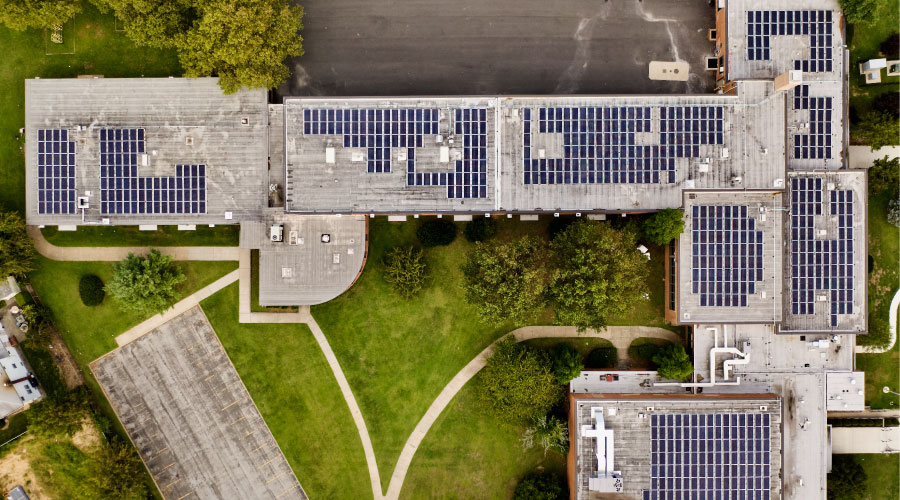Roofing Systems Impact Heating, Cooling Loads
A decade ago, discussions about any organization’s strategies to control energy use rarely involved roofing systems. But times — and priorities — have changed. Managers now need to understand the impact a roofing system will have on their facilities’ cooling and heating loads before making the final specification decision.
In fact, more managers are asking manufacturers to provide very specific data on potential energy savings from various types of roofing systems.
“They are requesting those ten-fold more, even over a year ago,” Bauer says.
Cool roofs are among the hottest products in the roofing industry, driven largely by organizations’ desire for roof surfaces with high reflectivity to minimize damage from ultraviolet rays and to hold down internal temperatures. Cool roofing systems can reduce cooling demand and extend the life of cooling equipment, and they can produce cooling energy savings of 10-30 percent, Baumann says.
“And, depending on the amount of insulation in the roofing system, (they) can even save 40 percent of the energy required for cooling and reduce peak cooling demand by 15 percent,” she says.
White or light-colored roof surfaces can produce energy savings by lowering cooling loads, especially for facilities in warmer climates, just as dark-colored surfaces can produce savings by lowering heating loads for facilities in cooler climates. But manufacturers are encouraging managers to look beyond surface color in assessing the impact of roofing on energy use.
“Increased levels of insulation is the number-one way to reduce greenhouse gas emissions and offer the greatest return on investment, regardless of where a building is located,” says John Geary, vice president of marketing with Firestone Building Products.
Related Topics:















